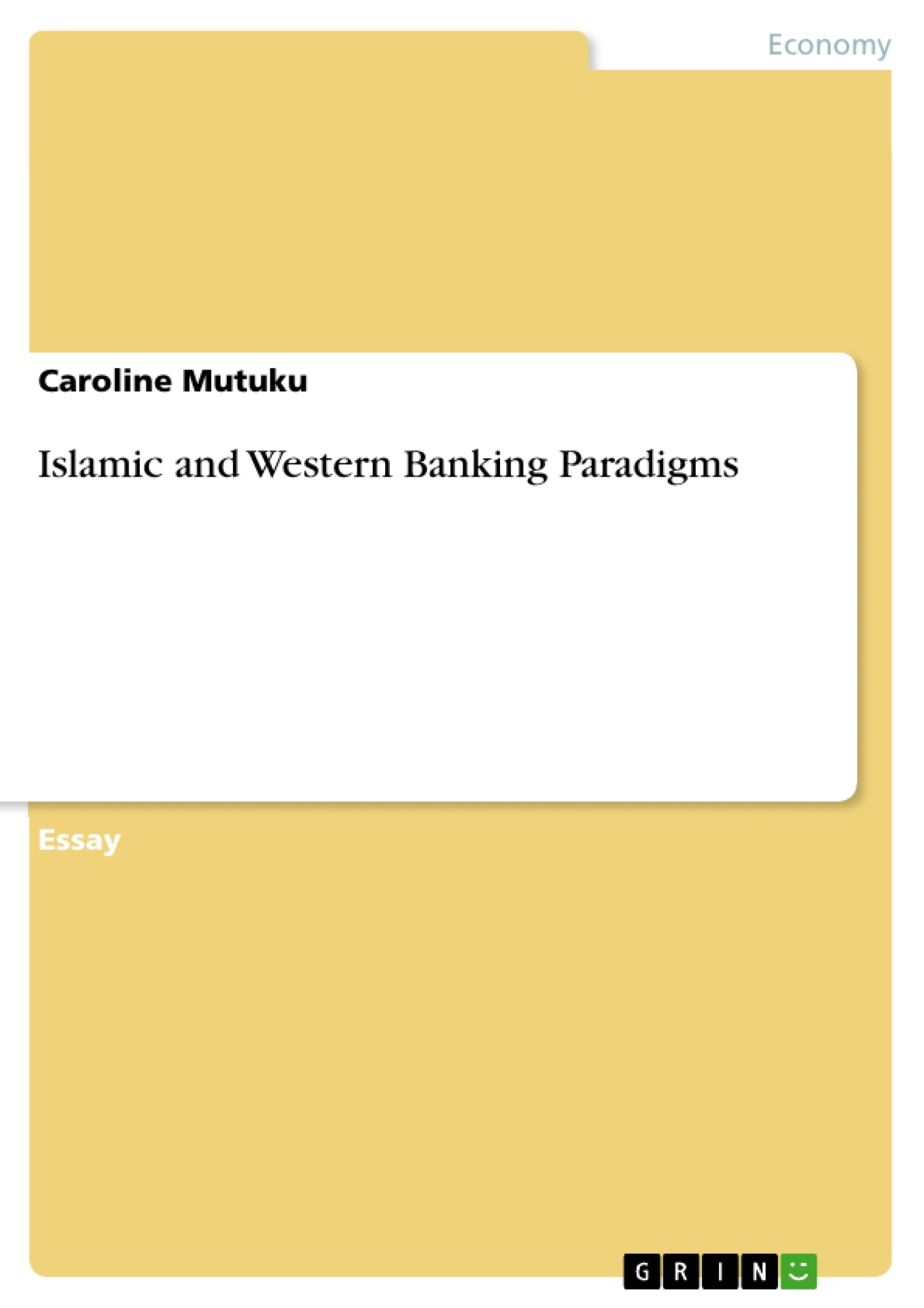In retrospection, the history of banking in this context can be of paramount significance to understand the broad paradigm of banking, its relation to the history of money which gradually became the medium of exchange in the modern world. Banking transactions preceded the invention of money in the ancient world. In those ancient times, agrarian revolution is known to have led to production of agricultural produce owing to tilling of land using iron implements invented during the iron-age. Trade flourished as people exchanged various goods for other goods.
Consequently, surplus and inadequate production saw the emergence of such practices as deposits and loans. For instance, loans acquisition dates back to the 2nd century BC IN Mesopotamia. Moreover, banking transactions such as deposits of grains, cattle and later the precious metals such as gold are documented to have been practiced as basic tools of trade. Gold and other precious metals gradually emerged as the medium of trade, in the form of easy-to-carry plates. Palaces and temples are known to have served as ancient banks where gold could be stored for matters of safety.
Temple priests and monks issued loans to merchants. Later on, laws to govern banking operations were laid down as banking practices became wide spread. The merchant banks invented by Italian grain merchants were the first banks in the middle Ages. Afterwards, civilization over generations led to two distinct banking systems partially based on religion: the Islamic and western (conventional) banking systems. Variant banking systems in operation today can be accrued to matters of religious doctrines with Islamic banking showing a distinct paradigm owing to the strict sense of Islamic law from the conventional western banking in common practice. A comprehensive comparison is therefore mandatory if a clear distinction based on the fundamental similarities and differences between Islamic banking and western banking paradigms are to be unearthed.
Table of Contents
Introduction
Islamic Banking Vs Western Banking
Differences and Similarities in Conventional and Islamic Banking
Religion and banking
Profit and loss paradigm (interest)
Deposits
Financing and investments
Loans (short-term, medium and long-term loans)
Medium and long-term loans
Overdrafts and credit cards
House financing
Leasing
Investments
Conclusion
References
- Citar trabajo
- Caroline Mutuku (Autor), 2018, Islamic and Western Banking Paradigms, Múnich, GRIN Verlag, https://www.grin.com/document/432463
-

-

-

-
¡Carge sus propios textos! Gane dinero y un iPhone X. -

-
¡Carge sus propios textos! Gane dinero y un iPhone X. -

-
¡Carge sus propios textos! Gane dinero y un iPhone X. -

-
¡Carge sus propios textos! Gane dinero y un iPhone X. -

-
¡Carge sus propios textos! Gane dinero y un iPhone X.

